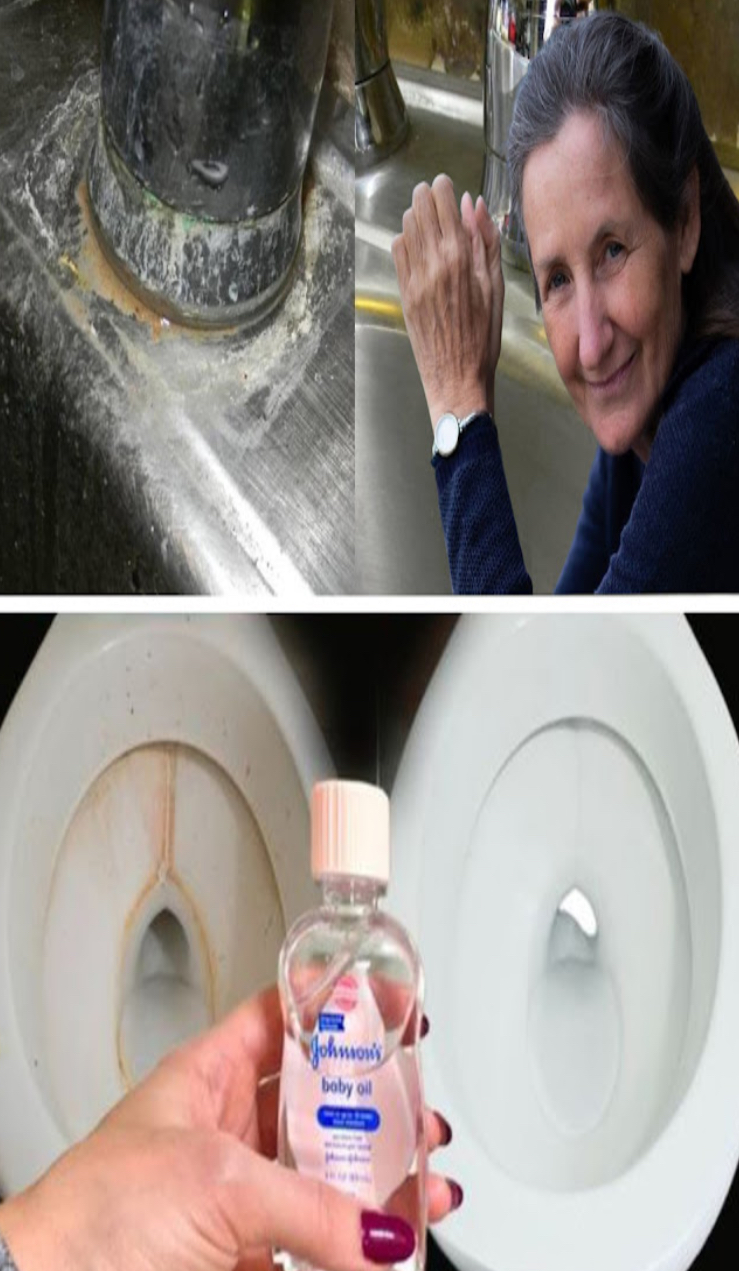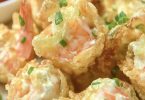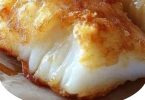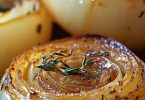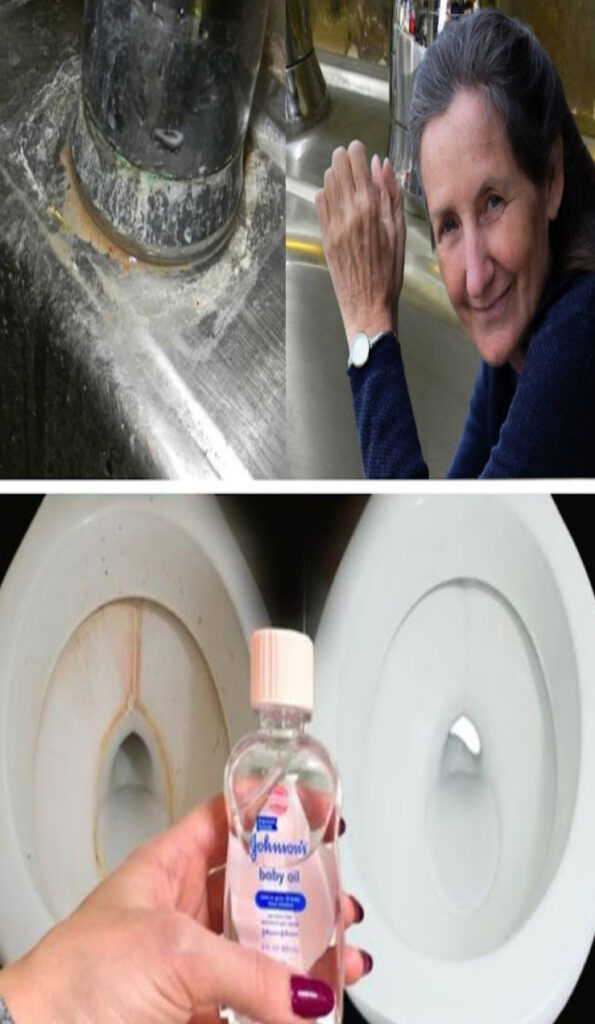
There are natural ways to clean limescale and grease from bathrooms and kitchens, particularly from stoves and ovens. We should look at that one. Chemical products, such as bleach, aren’t always effective when used to remove limescale and grease.
Grease and limescale may be the worst cleaners for people who have trouble keeping their kitchen and bathrooms clean. Here’s how to get rid of them. The first to appear are remains of food, sauces, and dirt. The oven is a common location for its nesting grounds. The opposite is true for limescale, which typically forms on faucets and other plumbing fixtures due to hard water that settles after drying.
To fight these two household cleaning demons, we often resort to chemical solutions, some of which can be rather expensive, that claim to provide perfect cleanliness. However, there are instances where the grease and limescale persist despite our best efforts.
So, to save money, it’s best to use a miraculous paste that can be made from common household ingredients. Am I prepared to acquire the required knowledge? After usage, the limescale and grease will be easily removed.
A DIY Cleaning Paste Recipe: Not only will you learn how to prepare a paste that eliminates limescale, but it will also remove oven oil, kitchen tiles, and other cookware. A concentrated dish soap of your choice, measuring six tablespoons, would do. In a 3-quart measuring cup, combine the powdered bathroom cleaning, baking soda, and white wine vinegar.
A single-use container, preferably one that can be recycled, such as a plastic ricotta container found at a grocery store, will suffice. Put the cleaned container to use by storing the paste we will be making in it. Three teaspoons of baking soda and three tablespoons of powdered bathroom cleaning should be placed in a jar. Blend in the six tablespoons of concentrated dishwashing liquid in the third step. While using a wooden spoon, combine the ingredients. Add the tablespoon of vinegar when the paste reaches a smooth consistency.
So that it is always on hand, we pour the mixture into the container. We may apply this paste to the areas that require it by donning gloves and utilizing a sponge.
To get the most out of it, give it a few minutes to sit on the surface before wiping it off with water and a clean towel. Allow it to sit for a longer period of time to operate on limestone-rich taps, taking into consideration the sort of incrustations. Alternatively, a toothbrush can be used for finer control. You won’t be able to stop using this strategy when you give it a go.
